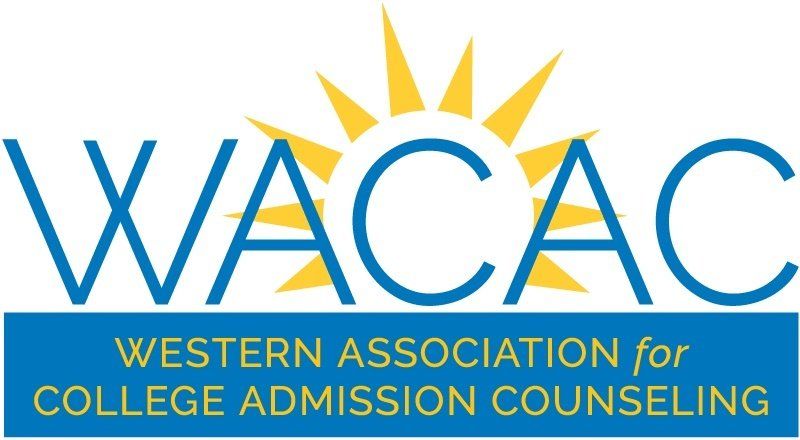Should All Students Apply For Financial Aid?
Not All Students Should Apply for Financial Aid
While the $70,000 per year sticker price for college is well out of reach for most families, for some it does not present a financial burden. If such families do not expect any significant financial hardships during the next four years of college then it makes sense not to apply for financial aid.
Why not at least apply for aid and see if we get anything. There are a few good reasons to reconsider this type of thinking. First off, in order to apply for financial aid, families need to complete the FAFSA and/ or the CSS Profile. Both forms are time consuming and ask a number of invasive financial questions. For divorced parents the process is even more complicated.
Often students who do not require aid have a leg up in the application process. While colleges and universities aim to accept the best candidates to fit the school’s admission goals, full pay students do pay the bills and make college affordable for financially disadvantaged students. But full pay students who are not as qualified are not advantaged as applicants.The body content of your post goes here. To edit this text, click on it and delete this default text and start typing your own or paste your own from a different source.

